How to Grow Tomatoes from Seed (A Beginner Gardener Guide)
This post may contain affiliate links which might earn us money. Please read my Disclosure and Privacy policies hereIf you're new to gardening, the thought of how to grow tomatoes from seeds may seem intimidating. However, this guide will clarify the process for you. It's an excellent introduction to gardening and far simpler than you might imagine.
I will teach you all the necessary details, from the required tools to a comprehensive step-by-step procedure for planting.
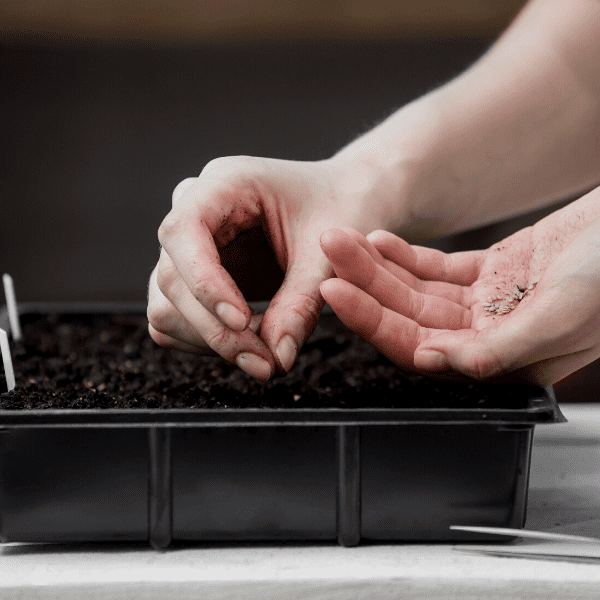
Tomatoes are a great way to get beginners excited about gardening. They're simple to cultivate, quickly sprout, and produce a delicious harvest in no time. But before you go out and buy the seeds, let's go through some basic information you need to know.
Before we start planting, you'll need a few essential tools. These include:
- Tomato seeds: You can buy them from a garden center or save them from your favorite tomato variety. If you're new to gardening, it's best to start with a smaller quantity.
- Seedling Trays or small containers: Seedling trays are a great option for beginners as they provide ample space for the seeds to grow before transplanting. Alternatively, you can use small containers like egg cartons or yogurt cups.
- Seed starting mix: Good quality seed starting mix is vital for the seeds to germinate successfully. Avoid using regular soil as it may contain bacteria harmful to the seeds.
- Watering can or spray bottle: It's essential to keep the seeds moist without overwatering. A watering can or spray bottle will help distribute water evenly.
- A sunny windowsill or grow light: Tomato seeds require plenty of sunlight to grow, at least 6-8 hours a day. Ensure you have enough space near a sunny window or invest in a grow light.
How long does it take to grow tomatoes from seed?
Growing tomatoes from seeds takes approximately 6-8 weeks. This time may vary depending on the variety of tomatoes, as some take longer to mature than others. It's important to consider this factor when planning your garden and deciding which variety of tomatoes to grow.
What is the easiest type of tomato to grow?
Cherry tomatoes are considered the easiest type of tomato to grow, especially for beginners. They have a short growing season and can be grown in small containers, making them ideal for those with limited space. Other easy-to-grow varieties include Early Girl, Roma, and Celebrity tomatoes.
| Tomato Variety | Germination Time | Growth to Harvest Estimation |
|---|---|---|
| Cherry | 5-10 days | 60-70 days |
| Roma | 5-10 days | 75-80 days |
| Beefsteak | 5-10 days | 80-90 days |
| Early Girl | 5-10 days | 50-60 days |
| Celebrity | 5-10 days | 70-80 days |
- Germination Time: Days from sowing the seed until sprouts appear.
- Growth to Harvest Estimation: Days from transplanting until the tomatoes are ready to harvest.
What is the best way to grow tomatoes from seed?
The best way to cultivate tomatoes from seeds, particularly for beginners, is by starting them indoors using a seed starting kit. This approach allows for a controlled environment, which is crucial for tomato plants' germination and early growth stages.
Starting indoors with a kit provides the seeds with consistent warmth and humidity levels, enhancing the germination process. Most kits come with a clear dome that helps retain moisture and warmth, mimicking a mini-greenhouse effect.
These kits often include a seed starting mix specifically formulated to promote healthy root development and prevent diseases. By beginning indoors, you get a head start on the growing season, ensuring your tomato plants are sturdy and well-developed by the time they're ready to be transplanted outdoors.
Can I plant seeds straight from a tomato?
Yes, you can plant seeds straight from a tomato. However, it's not recommended for beginners as the process requires more care and attention. You'll need to clean and dry the seeds before planting them in a seedling tray with quality soil mix. This method also doesn't guarantee that the seeds will germinate successfully, as they may have been exposed to unfavorable conditions during the tomato's growth and harvesting process.
If you do decide to save seeds from a tomato, make sure it's an open-pollinated variety rather than a hybrid. Hybrid seeds may not produce the same variety of tomatoes as the parent plant. Additionally, saving seeds from store-bought tomatoes may result in weaker plants as they're often picked before fully ripe and have a lower chance of successful germination.
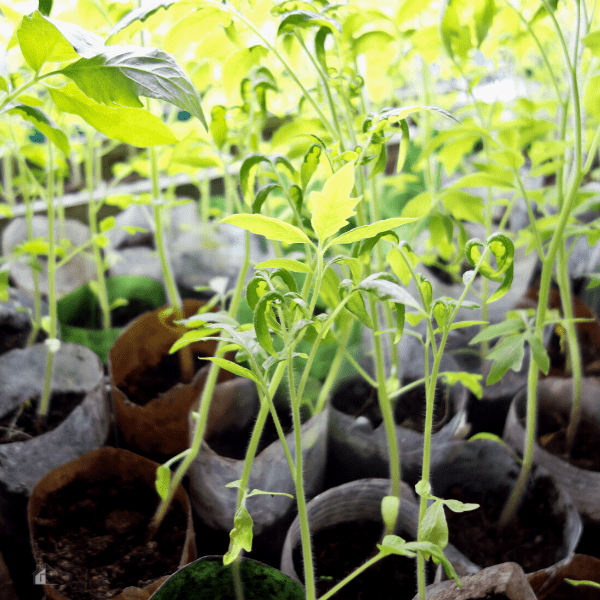
Can you grow tomatoes from supermarket tomatoes?
You can grow tomatoes from supermarket tomatoes. However, as mentioned earlier, it's not recommended for beginners due to the uncertainty of successful germination and growth. Also, keep in mind that store-bought tomatoes may have been treated with chemicals or pesticides that could affect the seeds' viability.
To increase your chances of success, choose organic or heirloom varieties and follow the same process as planting seeds from a tomato in your garden. Another option is to purchase starter plants from a reputable source, which ensures healthy and disease-free plants are ready for transplanting.
Now that you have all the necessary information and tools, let's get started on your journey of growing tomatoes from seeds!
Growing Tomatoes from Seeds
Tomatoes are a favorite among home gardeners for their flavor and the satisfaction of growing them from seed to fruit. Whether you have a garden bed or just a sunny spot on your porch, this guide will take you through the essential steps to successfully grow your own tomatoes from seeds.
Step-by-Step Guide:
1. Preparation
Gather all your tools and materials. Choose a variety of tomato seeds that suit your taste and climate. Ensure you have a sunny spot or a grow light to provide your seedlings with enough light.
2. Planting the Seeds
- Fill the seedling trays or small containers with the seed starting mix, leaving about a 1/2 inch of space at the top.
- Gently moisten the mix until damp but not waterlogged.
- Plant the tomato seeds about 1/4 inch deep into the mix, spacing them roughly 2 inches apart.
- Lightly cover the seeds with more mix and press down gently to ensure contact with the moist soil.
3. Germination
- Place the trays in a warm spot that maintains a temperature between 75-85°F (24-29°C). This warmth is crucial for germination.
- Keep the soil moist with a spray bottle or watering can with a fine nozzle. Avoid overwatering which can lead to waterlogged soil and potentially rot the seeds.
- Expect germination within 5-10 days. Once seedlings emerge, ensure they receive 6-8 hours of direct sunlight daily or place them under a grow light for 12-16 hours.
4. Thinning and Transplanting Seedlings
- After the seedlings have germinated, thin them by removing the weaker seedlings, leaving the strongest in each cell. This step is essential to avoid overcrowding.
- When seedlings have their first true leaves, transplant them into larger pots filled with nutrient-rich potting soil. This allows the roots more room to grow.
5. Hardening Off Seedlings
- Before planting outside, seedlings need to acclimate to outdoor conditions. This process is known as hardening off.
- Begin by exposing seedlings to the outdoors for a few hours each day, gradually increasing the time spent outside over a 7-10 day period.
6. Planting in the Garden
- Once the danger of frost has passed and seedlings are hardened off, transplant them into a prepared garden bed or containers, spacing them 18-36 inches apart.
- Water the seedlings well after planting and provide support like stakes or cages to keep the plants upright as they grow.
- Continue to water as necessary to keep the soil consistently moist and fertilize with a balanced fertilizer once a month.
7. Care and Maintenance
- Monitor your plants regularly for pests and diseases. Early detection is key to managing any issues that arise.
- Encourage healthy growth by maintaining consistent watering practices and applying mulch to retain soil moisture and reduce weed growth.
- Consider pruning your tomato plants to improve air circulation and prevent overcrowding, which can lead to disease.
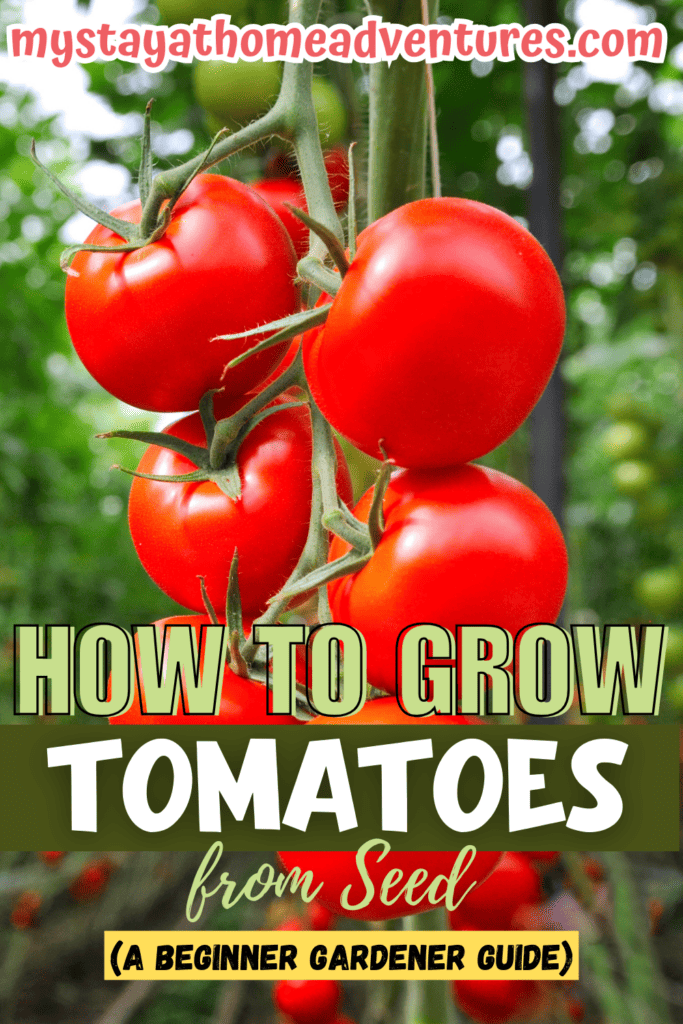
Conclusion
Growing tomatoes from seeds requires patience and attention, but with the right knowledge and tools, it can be a rewarding experience. By starting indoors, you'll have healthy seedlings ready for transplanting that are more likely to produce a bountiful harvest.

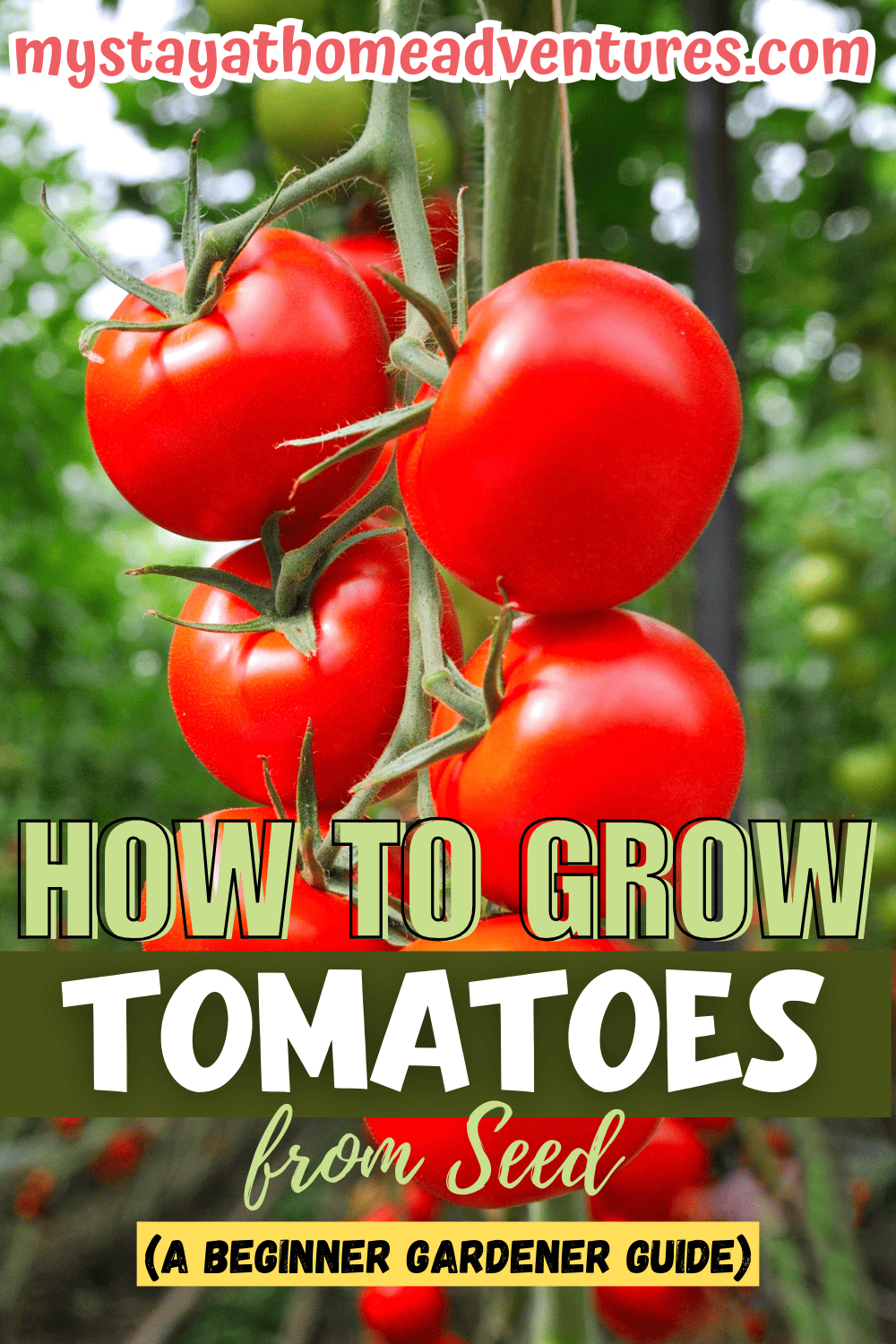
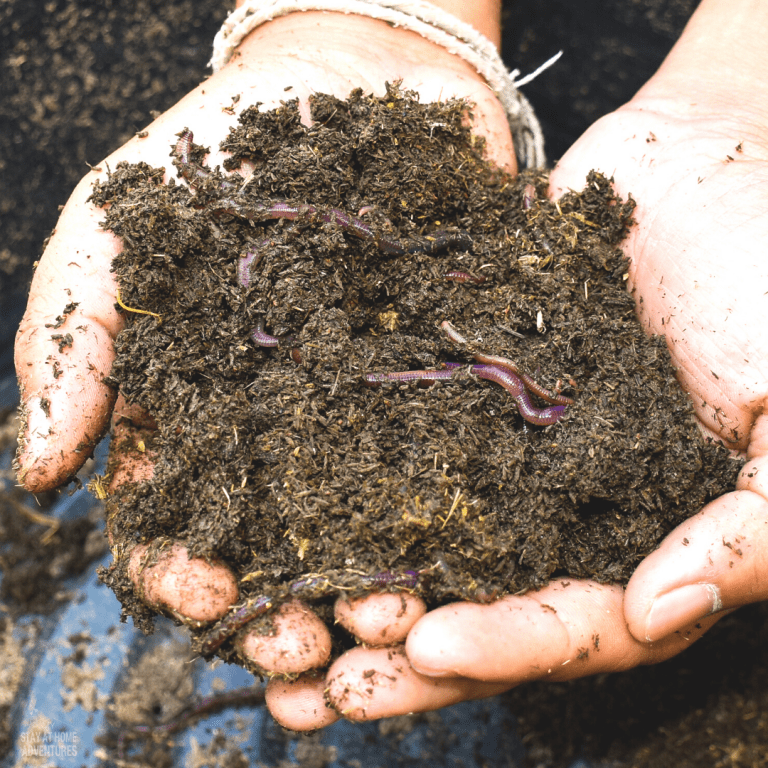

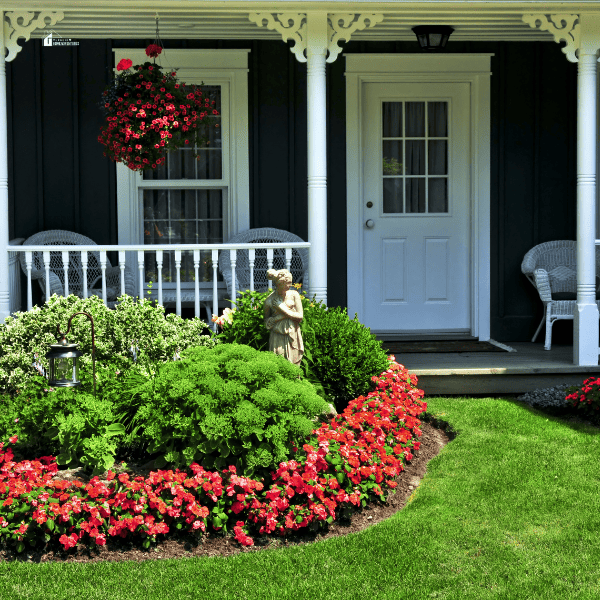



6 Comments